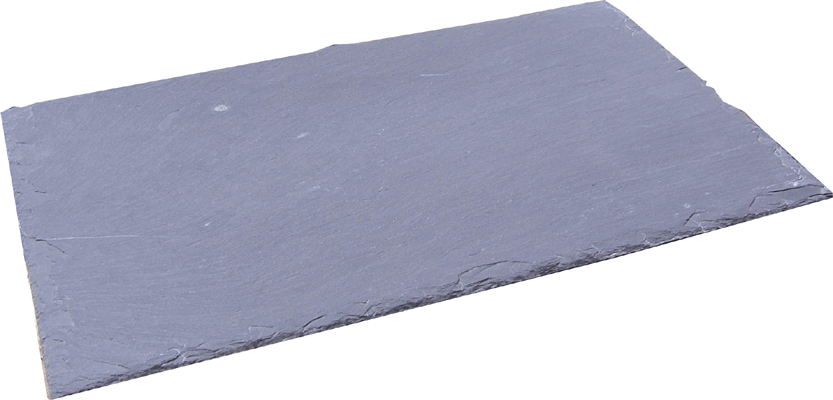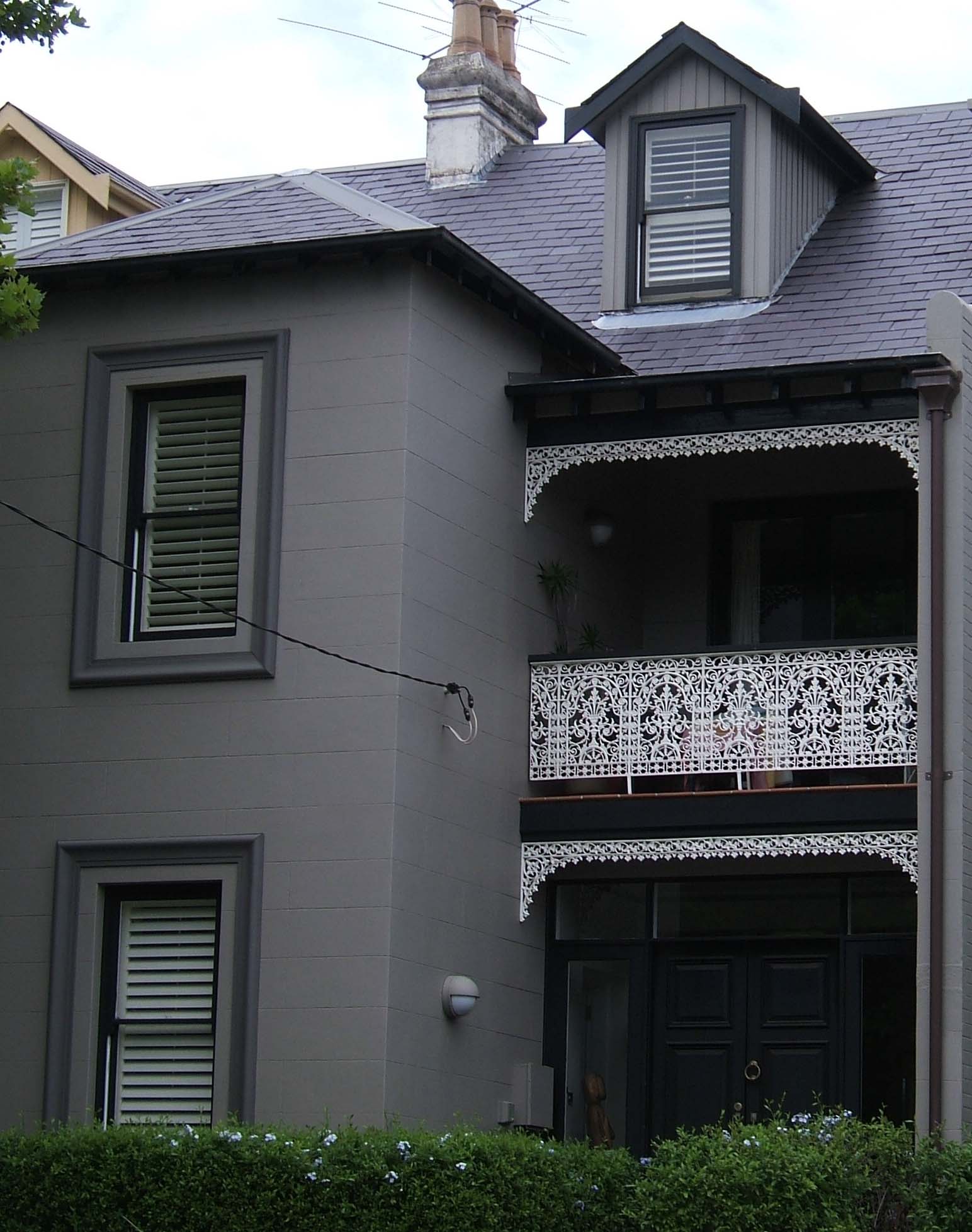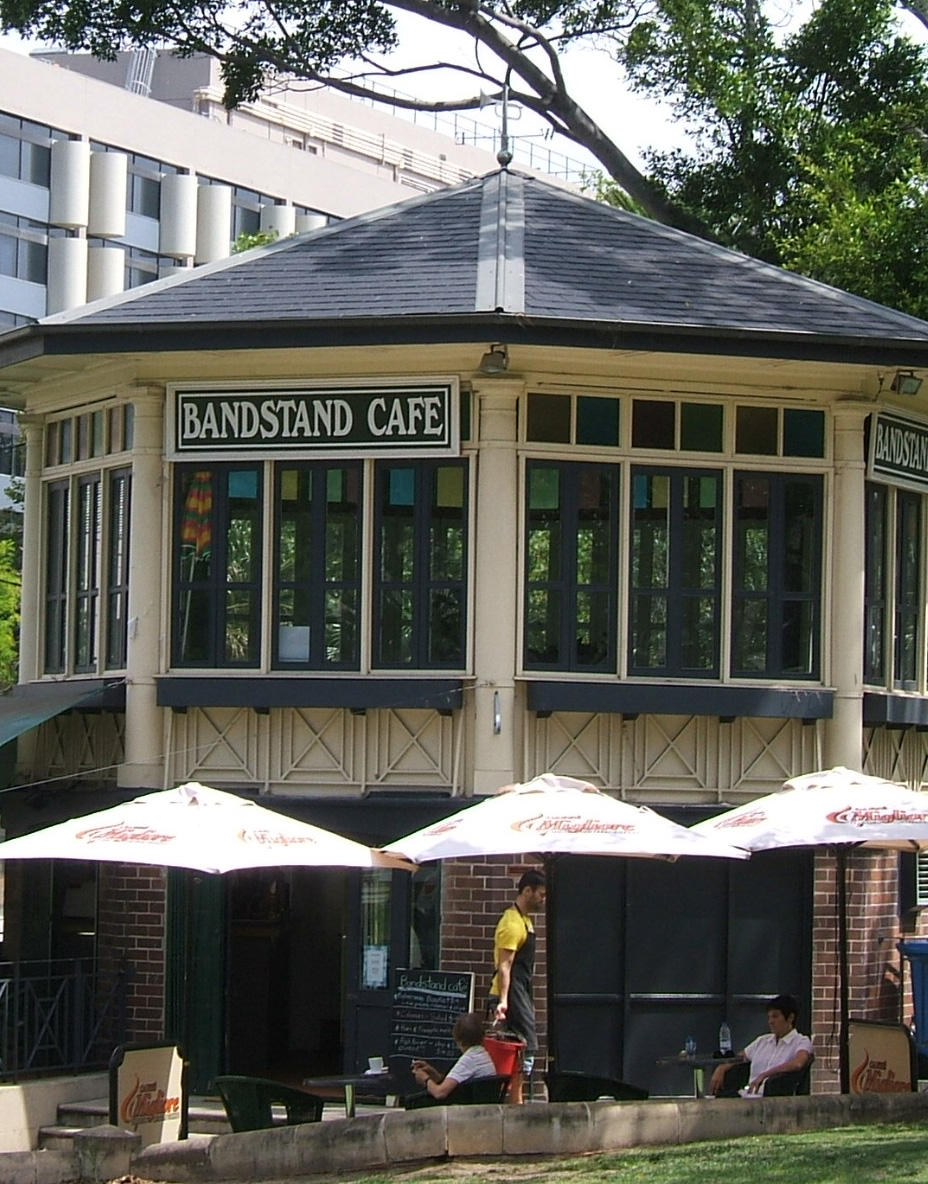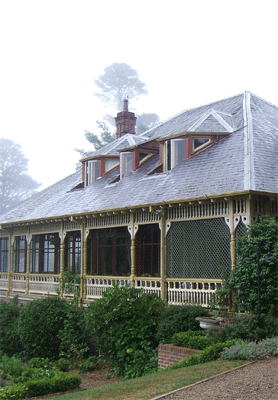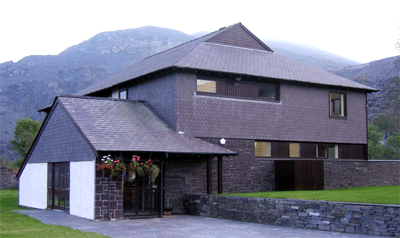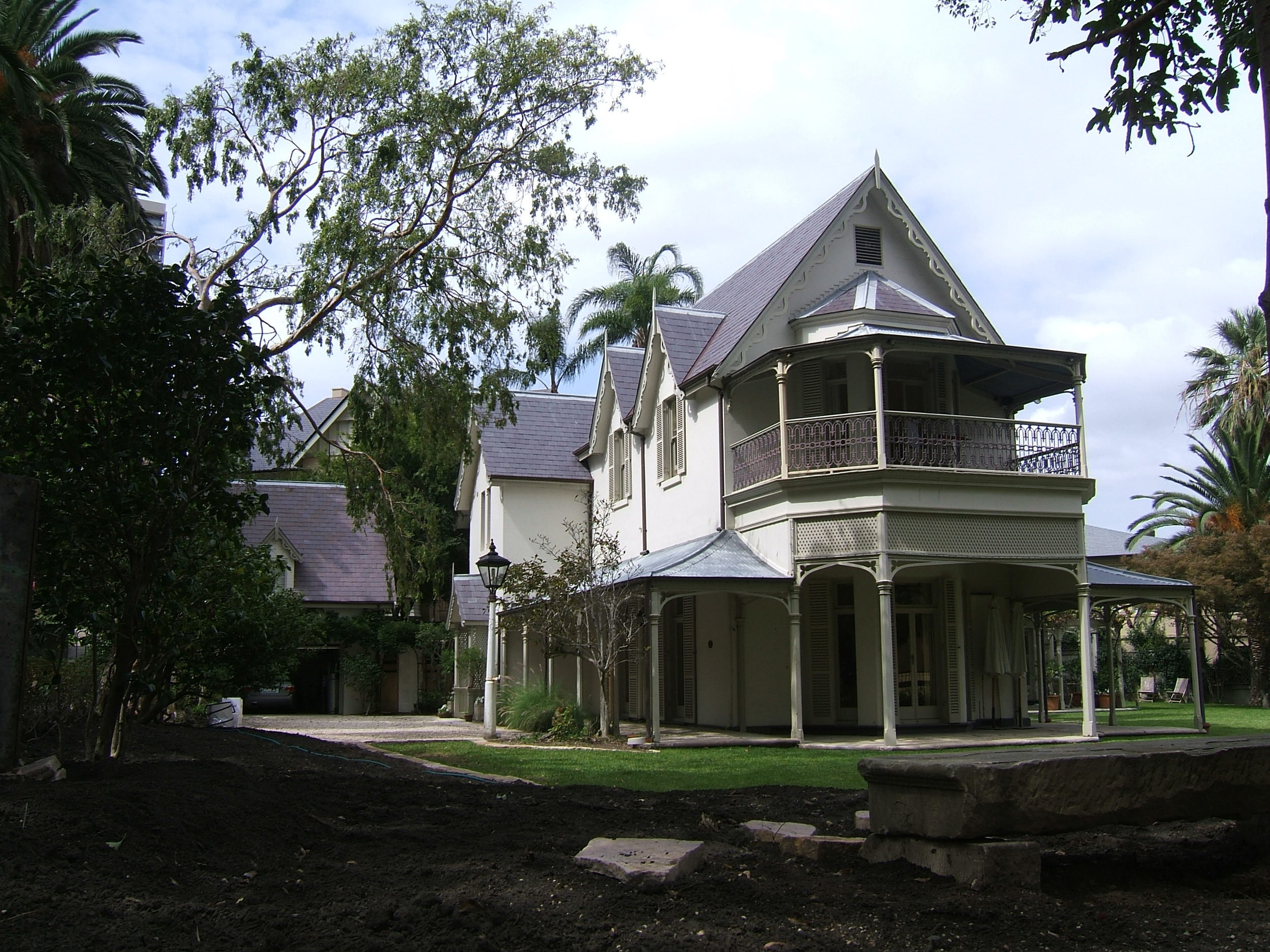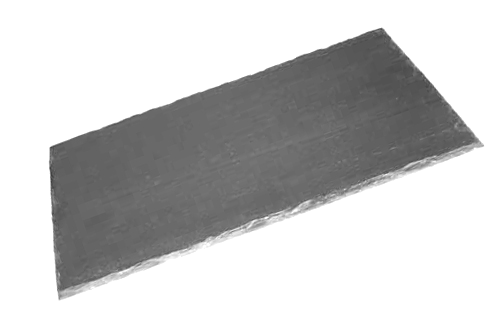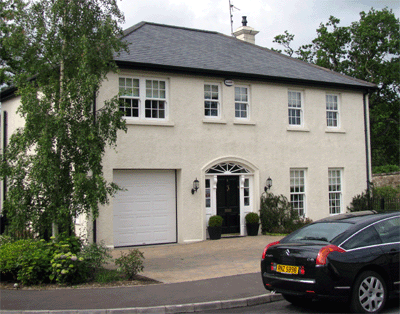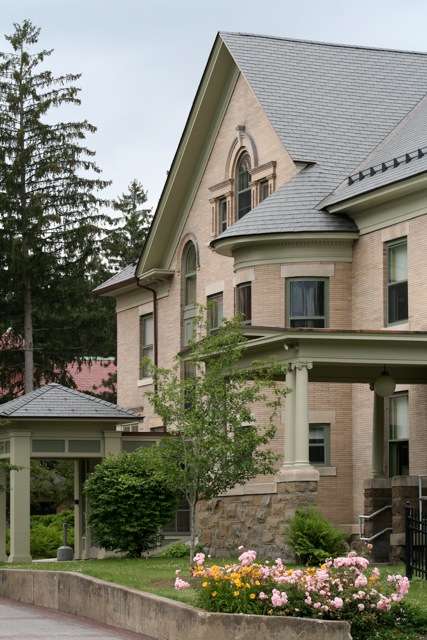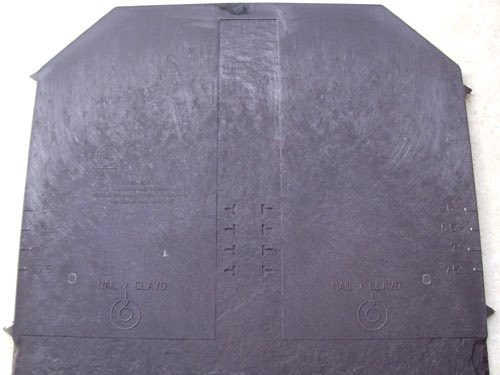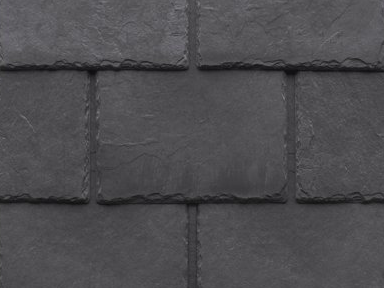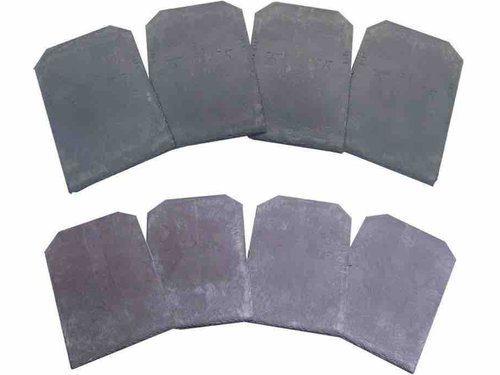SLATE ROOFING TILES
ROOFing SLATE SUPPLIERs & WELSH SLATE DISTRIBUTOR FOR 25 YEARS
Bellstone is an independent supplier of premium quality roof slate. Roofing Slate is prestigious natural product with a proud history. Slate appears on the roofs of many of our finest civic buildings, churches and colonial homes.The demand for slate on the roofs of contemporary buildings and homes is also insatiable - a testament to its durability and status as a roofing material without peer. Bellstone has been proudly distributing the finest roofing slates in the world from its base in Sydney since 1991.
BELLSTONE'S ROOFING SLATE PRODUCT RANGE
Bellstone imports first choice roofing slate from Wales (Welsh Slate) and China (Pattini). All roofing slates distributed by Bellstone meet or exceed ASTM S1, EN or NF standards. These slates have an estimated lifetime performance of at least 75 years.
NB We do not fix slate to roofs but work with people that do; we are happy to supply a list of experienced slate roofing specialists that may be able to help you.
500x300x5.5mm Heather Blue "capitals" - stock on hand
Pre-holed 200mm from head of the slate
Weight - 2.3kg (approximately)
Slates/covered metre (80mm headlap= 15.6
Weight of slates / covered metre (80mm headlap) = 36kg (approximately)
Other Sizes
500x250x5.5mm - no longer available
400x300x5.5mm - by special order
500x300x7mm "counties" by order
Size - 600x300x6-7.5mm
Weight - 2.8kg approximately
- Holes - 240mm from the head of the slate; 35mm from the sides
- Slates / covered metre = 12.6 pieces (assuming 80mm headlap & no wastage)
NB Also available in 500x300 & 500x250 but at a significantly higher price per covered metre. The 600x300mm format was selected for speed and ease of fixing and lower project costs.
Tiles
- Size - 445 x 305 x 4-7mm
- Weight / tile – 0.7kg nominal
- Weight /m2 roof area - from 12.6 - 15.4kg / m2 depending on pitch
- Density - 1323kg / m3
- Estimated coverage - 18 - 22 pieces / m2 depending on pitch
- Minimum pitch – 14.5 degrees
- Slates per pallet - 1,600
- Pallet weight - 1200kgs
- Pallet dimensions - 1200x900x1080mm
Ridge Caps
- Weight – 0.7kg nominal
- Length – 445 x 150mm (17
- Pieces / lineal metre – 5.5 for ridges to 6.5 for hips
10 REASONS WHY PEOPLE LOVE SLATE ROOFS
"They're prestigious and look stately"
"Slate is a natural material with no chemicals"
"Very durable - my slate roof will see me out and our kids as well"
"Never leaks and unaffected by salt air from the harbour"
"Slate doesn't fade like some of the roofs around us"
"Slate is non-combustible which is important for us because the fire risk with trees and leaves is worrying"
"Heritage buildings with slate roof haven't been affected by polluted air or heat"
"We love the moss that grows - it hasn't affected the slate so far, after 118 years"
"We architects like slate because of it's durability and versatility to different design needs"
"Ideal for heritage work because it is cost effective when its longevity is taken into account"
ROOFING SLATE INCREASES PROPERTY VALUES
Roofing slate increases in value with time; it appreciates like precious metals. Other building materials depreciate in value. Slate will increase the value of a property; it is a scarce resource with limited reserves. A slate roof is a "collectible" investment. Slate removed from some 100 year old buildings has good re-sale value for repair work. In most cases slate is replaced on old buildings because the battens and nails failed. The value of homes with views and water frontages can all be improved by the use of slate. The higher the value of the land, the greater the impact a slate roof will make.
SLATE ROOFS - CHEAPEST OF ALL
An independent UK study of different roofing materials revealed that if the cost of a roof is amortised over its expected life, slate roofs (with a capacity to last 100 years) were the cheapest of all. "No form of economy is more delusive or more expensive in the long run, than to roof a house with inferior material, however cheap in the beginning" - The Slate Trades Journal ( UK) December, 1912.


